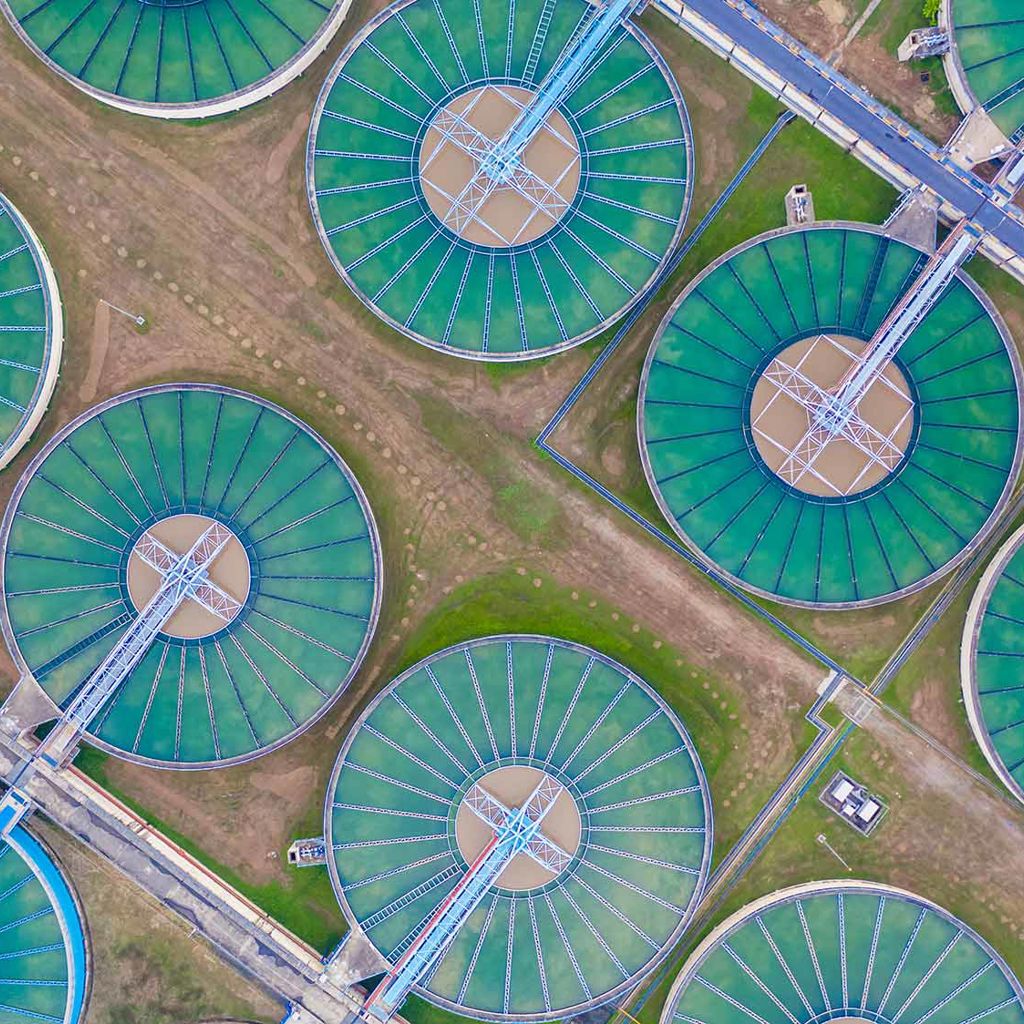Global demand for data centres is booming. With use of artificial intelligence and cloud computing surging, applications and data need to be housed securely and, to provide high-speed access, near to customers.
At Arup, our clients are planning new hyperscale and edge data centres across the Asia-Pacific region to meet rising demand, diversify their base and improve latency (the speed of data movements). They are among a host of global data centre operators and big tech companies searching for suitable locations.
To speed up the development process and secure economies of scale, many data centre companies use standard reference designs – creating, in an ideal scenario, a series of almost-identical data centres around the world. Smarter owners and operators adapt their reference designs and programme to each location, investing more time in the design and planning phase to achieve a shorter construction phase and better outcomes.
So, what needs to be adapted to suit local conditions, and why?
Location, location, location
Imagine you’ve already built twenty data centres in the UK, and you’re planning another. You can probably simply replicate your existing design, incorporating everything you’ve learnt so far.
But what if you want to move into a new market – Thailand, for example? There are obvious physical differences: climate, topography, risks of natural disasters such as flooding or earthquakes. There are regulatory differences in planning, fire regulations and laws. And there are different utility networks to interface with: power, fibre IT and water – each with its own constraints and requirements. Data centre companies do carry out standard due diligence checks and research before acquiring a site. But if this diligence isn’t detailed enough and specific to the location then procurement and construction may not go smoothly.
What materials are you planning to use for the building? Steel is usually quicker than concrete, but do local contractors undertake steel construction regularly, and can they do so at the pace set out in your schedule?
If you have a global contract with an equipment supplier, will their equipment still fit neatly into the available space after you’ve adapted the layout for local fire regulations? Is that equipment approved and certified in that location? If it can be used, will additional authority reviews and approval processes affect the schedule? Is there enough skilled labour locally to install and maintain that equipment, and how long will it take to get everything signed off? Virtually every data centre project will need to make some adaptations to the construction process and programme in a new location.
Even small delays, or reductions in a data centre’s targeted IT delivery capacity, will translate into increased costs and lower long-term profitability. If the schedule and the capacity do remain the same, something else may suffer instead: the quality of construction, the efficiency of the design for the local context, or how easy the data centre is to maintain or adapt. Any of these could also affect the bottom line.










